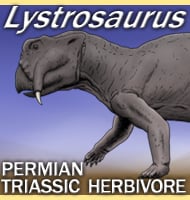In Depth
Originally attributed as juvenile Saurornithoides mongoliensis, the partial left hind limb of this troodontid was firmly established as being of a different genus thanks to an osteohistological analysis of the bone. This revealed that the fossils were closer to Linhevenator tani, yet the team studying the remains concluded that while similar, the remains were different still to the known fossils of Linhevenator. Philovenator was then established as a new genus, with the generic name implying ‘love to hunt’, and the species name P. curriei in honour of the palaeontologist Dr Philip J. Currie.
Further Reading
- The taxonomy of the troodontid IVPP V 10597 reconsidered, Xu Xing, Zhao Ji, Corwin Sullivan, Tan Qing-Wei, Martin Sander & Ma Qing-Yu - 2012.









